What is a Train Ambulance? Services, Benefits, and When You Need It
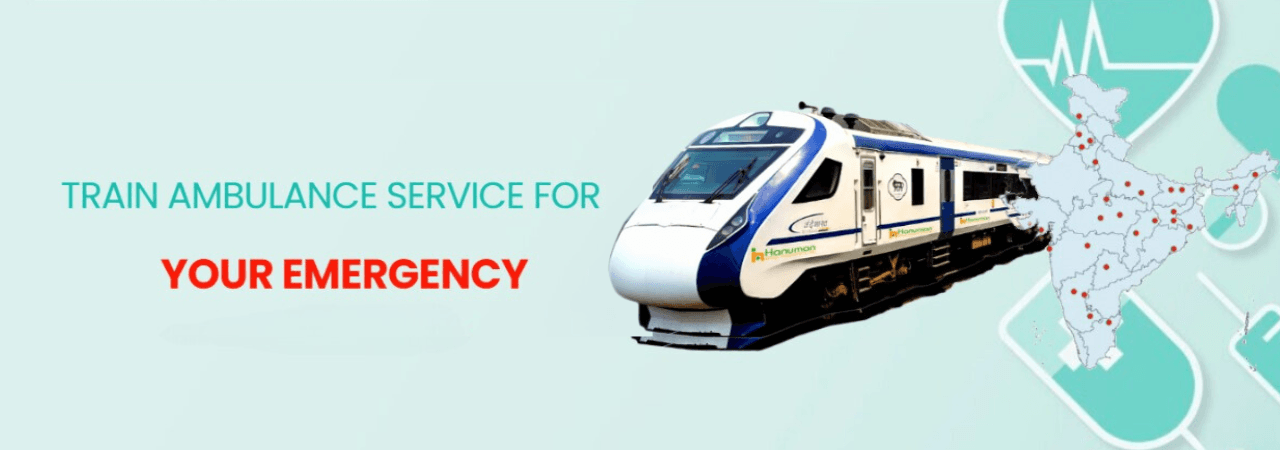
Did you know that emergency medical transportation by train is becoming increasingly popular due to its efficiency and cost-effectiveness? A train ambulance provides a unique solution for patients who require medical attention during transport.
A train ambulance is equipped with medical facilities and staff, making it an ideal option for long-distance medical transport. The benefits of using a low-cost train ambulance include reduced costs compared to air transport and the ability to travel with medical equipment and personnel.
Key Takeaways
- Train ambulances offer a cost-effective solution for medical transport.
- They are equipped with medical facilities and staff.
- Ideal for long-distance medical transport.
- Reduced costs compared to air transport.
- Ability to travel with medical equipment and personnel.
Understanding Train Ambulance Services
As medical emergencies often require swift and safe transportation, train ambulance services have emerged as a vital option. Train ambulances are equipped with medical facilities and staffed by trained professionals, making them an ideal choice for transporting patients over long distances.
Definition and Basic Concept
A medical train ambulance is a specially designed train that provides medical care and transportation to patients. These trains are equipped with necessary medical equipment, including oxygen supply, cardiac monitors, and emergency medications. The basic concept revolves around providing safe and comfortable transportation for patients who require medical attention during transit.
History and Evolution of Train Ambulances
The history of rail ambulance services dates back to the early 20th century when trains were first used to transport wounded soldiers during wartime. Over the years, the concept has evolved, and modern train ambulances are now equipped with advanced medical facilities. Today, they play a crucial role in transporting patients across different regions, especially in countries with vast geographical areas.
Types of Train Ambulance Services Available
The train ambulance service in India offers various types of services catering to different patient needs. These include basic life support (BLS) and advanced life support (ALS) train ambulances, ICU train ambulances, and specialized train ambulances for patients requiring specific medical care. The variety in services ensures that patients receive the appropriate level of care during transportation.
Train Ambulance Service in India: An Overview
India's vast railway network has given rise to a unique medical transportation service: train ambulance services. This service has become crucial for transporting patients across the country, especially for those who require long-distance medical care.
Coverage and Availability Across Indian Railways
Train ambulance services are available across various routes in India, leveraging the extensive Indian Railways network. These services are designed to cater to different regions, ensuring that patients can be transported to major medical hubs. The coverage includes major cities and extends to remote areas, making it a comprehensive network.
The availability of train ambulances is facilitated through collaborations between Indian Railways and various healthcare providers. Some of the key features of this coverage include:
- Access to major medical centers
- Transportation to remote areas
- Coordination with local healthcare services
Government vs. Private Train Ambulance Services
In India, train ambulance services are offered by both government and private entities. Government services are typically operated in association with Indian Railways, providing an official and regulated service. Private services, on the other hand, offer competitive pricing and flexible options.
The key differences between government and private train ambulance services include:
Government services are often more regulated and standardized.
Private services may offer more personalized care and flexible scheduling.
Regulatory Framework and Standards
The train ambulance services in India are governed by a regulatory framework that ensures safety and quality of care. This framework includes guidelines for medical equipment, staffing, and patient care during transport.
Some of the key regulatory aspects include:
- Adherence to medical standards and protocols
- Regular inspection and maintenance of medical equipment
- Qualification and training standards for medical staff
When to Consider a Train Ambulance
Deciding on the right mode of transport for a patient during medical emergencies can be a daunting task, but train ambulances offer a viable solution. Train ambulances are equipped to handle various medical conditions, making them a suitable choice for patient transfer by train.
Medical Conditions Suitable for Train Transport
Train ambulances are designed to accommodate patients with a range of medical conditions, including those requiring ICU train ambulance services. Patients who need constant monitoring and care during transport can be safely transported by train. Conditions such as cardiovascular diseases, neurological disorders, and post-operative care can be managed effectively during train transport.
The medical team accompanying the patient is trained to handle emergencies and provide the necessary care en route.
Long-Distance Patient Transport Scenarios
For long - distance patient transport, train ambulances offer a comfortable and stable environment. They are particularly useful for transporting patients across different regions within a country, providing a cost-effective solution without compromising on care.
When Train Transport is Preferable to Air or Road
Train transport is often preferable for patients who cannot withstand the rigors of air travel or the bumps associated with road transport. The smooth ride of a train ambulance makes it an ideal choice for patients requiring a stable environment during transport.
Benefits of Choosing a Low-Cost Train Ambulance
Low-cost train ambulances offer an affordable solution for patients who need to travel long distances for medical care. This mode of transport is not only budget-friendly but also provides a range of benefits that make it an attractive option for patients and their families.
Cost-Effectiveness Compared to Other Transport Options
One of the primary advantages of low-cost train ambulances is their cost-effectiveness. Compared to air or road ambulances, train ambulances are significantly more affordable, making them an ideal choice for patients who require long-distance medical transport. The cost savings can be substantial, allowing patients and their families to allocate resources to other critical aspects of their care.
Comfort and Stability During Long Journeys
Train ambulances provide a comfortable and stable environment for patients during long journeys. The smooth ride and spacious accommodations help reduce the stress and discomfort associated with medical travel. This is particularly beneficial for patients with critical conditions who require careful handling and monitoring during transport.
Accommodation for Family Members and Caregivers
Another significant benefit of low-cost train ambulances is the accommodation they offer for family members and caregivers. Many train ambulances have provisions for accompanying individuals, ensuring that patients are not alone during their journey. This feature provides emotional support and reassurance to patients, contributing to a more positive travel experience.
low-cost train ambulance
By choosing a low-cost train ambulance, patients can enjoy a range of benefits that enhance their travel experience. From cost-effectiveness to comfort and accommodation for loved ones, train ambulances are a reliable and compassionate choice for long-distance medical transport.
Medical Facilities and Care During Transit
The quality of medical facilities and care during transit is a critical consideration for patients being transported over long distances. Train ambulances are designed to provide a high level of care, ensuring that patients receive the medical attention they need during their journey.
Standard Medical Equipment Available
Train ambulances are equipped with a range of standard medical equipment to cater to the needs of patients during transit. This includes:
- Cardiac monitors and defibrillators
- Ventilators and oxygen supply systems
- Infusion pumps for medication administration
- Basic life support equipment, including first aid kits
Advanced life support systems are also available in many train ambulances, enabling the provision of critical care during transit.
ICU Train Ambulance Capabilities
ICU train ambulances are specially designed to provide intensive care to critically ill patients during transport. These train ambulances are equipped with:
EquipmentDescriptionAdvanced ventilatorsCapable of providing complex ventilation strategiesMulti-parameter monitorsMonitoring vital signs in real-timeInfusion pumpsPrecise control over medication administration
These capabilities ensure that patients receive the level of care they need, even in transit.
Medical Staff Qualifications and Expertise
The medical staff accompanying patients on train ambulances are highly qualified and experienced. They include:
- Doctors specializing in emergency medicine or critical care
- Nurses with training in critical care and emergency response
- Paramedics skilled in providing pre-hospital care
The expertise of the medical staff ensures that patients receive high-quality care during their journey, addressing any medical emergencies that may arise.
The Complete Train Ambulance Booking Process
Understanding the steps involved in booking a train ambulance can significantly reduce stress during a medical emergency. The process is designed to be efficient, ensuring that patients receive the care they need during transport.
Initial Assessment and Consultation
The first step in booking a train ambulance is an initial assessment and consultation. This involves discussing the patient's medical condition with a healthcare professional to determine the suitability of train transport. Medical experts assess the patient's stability and the level of care required during the journey. This consultation is crucial for arranging the necessary medical equipment and staff.
Required Documentation and Preparations
Once the initial assessment is complete, the next step involves preparing the required documentation. This typically includes medical records, patient information, and any relevant medical reports. It's essential to have all necessary documents ready to ensure a smooth booking process. Preparations may also involve arranging for any specific medical equipment or services needed during transport.
Payment Options and Insurance Considerations
Understanding the payment options and insurance considerations is a critical part of the booking process. Many train ambulance services offer various payment plans and accept different insurance providers. It's advisable to discuss insurance coverage and payment options with the service provider to understand the costs involved. Some services may also offer financial assistance or counseling to help manage the costs.
Top Train Ambulance Service Providers
When it comes to train ambulance services, choosing the right provider is crucial for a safe and comfortable journey. With numerous options available, it's essential to evaluate and select a service that meets your specific needs.
Hanuman Care: Services and Specialties
Hanuman Care is a prominent player in the train ambulance service industry, known for its comprehensive care and specialized services. They offer advanced medical equipment and a team of experienced professionals to ensure patient safety during transport. Their services include:
- ICU train ambulance services
- Advanced life support systems
- Personalized care for patients
Hanuman Care stands out for its commitment to providing high-quality medical care during transit, making it a preferred choice for many patients.
Other Reputable Rail Ambulance Providers
Apart from Hanuman Care, there are other reputable rail ambulance providers that offer excellent services. Some of these include:
ProviderSpecialtiesServicesMedicare Train AmbulanceCritical care transportAdvanced life support, ICU careRailway Ambulance ServicesLong-distance transportBasic life support, medical escortIndian Rail AmbulanceEmergency medical transportICU care, emergency response
How to Evaluate and Select the Best Provider
To choose the best train ambulance service provider, consider the following factors:
- Medical expertise: Ensure the provider has experienced medical staff.
- Equipment and facilities: Check if they have advanced medical equipment.
- Service range: Consider the types of services they offer, such as ICU care or basic life support.
- Customer reviews: Look into feedback from previous clients to gauge their reputation.
By carefully evaluating these factors, you can select a reliable train ambulance service provider that meets your needs.
Cost Structure of Train Ambulance Services
Understanding the cost structure of train ambulance services is crucial for patients and their families who are considering this mode of medical transport. The cost of these services can vary significantly based on several factors.
Factors Influencing Train Ambulance Pricing
The pricing of train ambulance services is influenced by several key factors, including the distance of the transport, the type of medical care required during transit, and the amenities provided during the journey. Longer distances typically result in higher costs due to the increased need for medical supplies, staff, and logistical arrangements.
Average Costs for Different Routes in India
The average cost of train ambulance services in India can vary greatly depending on the route. For instance, transporting a patient from one major city to another might cost differently compared to a longer route that involves more complex logistical arrangements. On average, costs can range from ₹50,000 to ₹200,000 or more, depending on the specifics of the transport.
Cost Comparison: Train vs. Air vs. Road Ambulances
When comparing the costs of different modes of medical transport, train ambulances often offer a cost-effective solution for long-distance transports. Air ambulances, while faster, are generally more expensive due to the costs associated with air travel and the need for specialized aircraft. Road ambulances, on the other hand, can be more time-consuming and may not be suitable for very long distances. A comparison of these costs can help patients and their families make informed decisions.
Conclusion
Train ambulance services offer a unique blend of cost-effectiveness, comfort, and medical care for patients requiring long-distance transport. The benefits of choosing a low-cost train ambulance include significant savings compared to air or road transport, without compromising on the quality of medical care.
When considering patient transfer by train, it's essential to evaluate the specific needs of the patient, including the level of medical care required and the distance to be traveled. Train ambulances equipped with advanced medical facilities and staffed by experienced professionals can provide a safe and stable environment for patients during transit.
By understanding the services and benefits offered by train ambulance providers like Hanuman Care, individuals can make informed decisions about their healthcare needs. Whether it's for a long-distance transfer within India or other specific medical transport requirements, train ambulances present a viable and often preferable option.
FAQ
What is a train ambulance service?
A train ambulance service is a medical transportation service that utilizes trains to transport patients, often over long distances, while providing medical care during transit.
How do I book a train ambulance?
To book a train ambulance, you typically need to contact a service provider, undergo an initial assessment and consultation, prepare necessary documentation, and finalize payment or insurance arrangements.
What medical facilities are available on a train ambulance?
Train ambulances are equipped with standard medical equipment, and some, like ICU train ambulances, offer advanced life-support facilities. The medical staff on board are qualified and experienced in handling various medical conditions.
Can family members or caregivers accompany the patient?
Yes, many train ambulance services provide accommodation for family members or caregivers to accompany the patient during the journey, ensuring emotional support and assistance as needed.
How does the cost of a train ambulance compare to other transport options?
Train ambulances are often more cost-effective than air ambulances and can be more comfortable than road ambulances for long-distance transport, making them a viable option for patients requiring medical care during transit.
What are the benefits of using a low-cost train ambulance?
Low-cost train ambulances offer an affordable solution for long-distance patient transport while maintaining the necessary medical care and comfort, making them an attractive option for those who need to travel extensively for medical reasons.
Are train ambulance services available across all Indian Railways routes?
Train ambulance services are available on many Indian Railways routes, but the coverage and availability can vary. It's best to check with service providers for specific routes and availability.
What is the difference between government and private train ambulance services?
Government train ambulance services are operated by the railway authorities, while private services are run by independent companies. Both have their own advantages, with government services potentially offering more integrated railway network benefits and private services possibly providing more personalized care.
How do I evaluate and select the best train ambulance provider?
To evaluate and select the best train ambulance provider, consider factors such as the quality of medical care, equipment, cost, route availability, and customer service. Researching and comparing different providers can help make an informed decision.
Related Articles
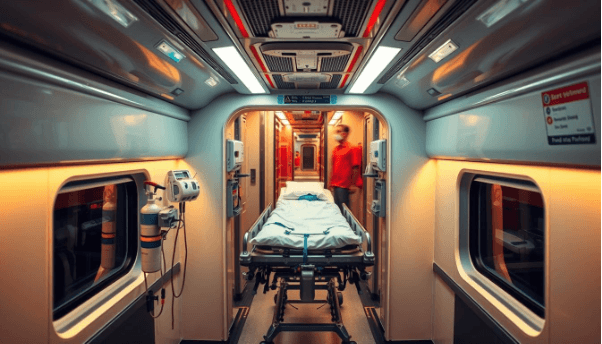
Train Ambulance Cost in India: Complete Breakdown, Factors & Insurance Guide
Explore the average cost of train ambulance services in India, from ₹50,000 to ₹2,50,000. Learn about ICU vs non-ICU rates
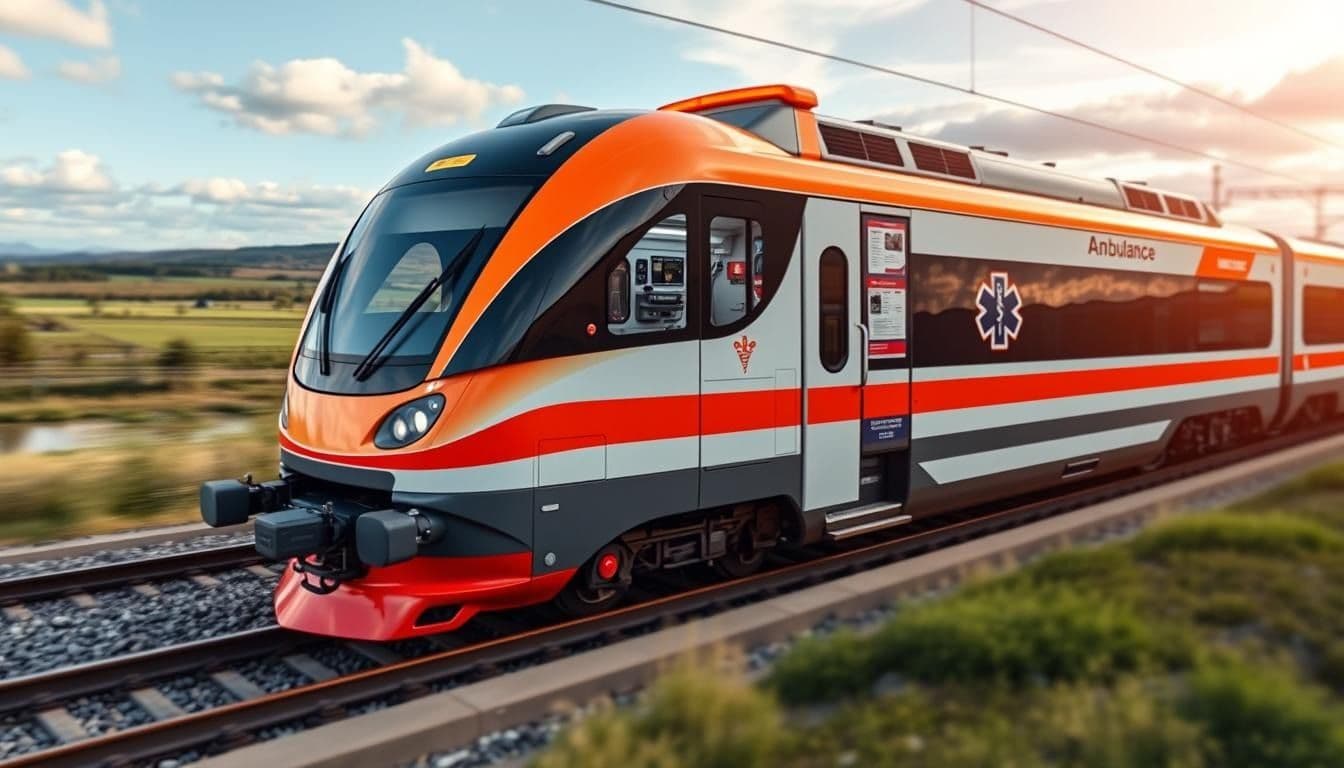
Hanuman Care: Leading Provider of Train Ambulance in India
Reliable train ambulance services from Hanuman Care - India's leading provider of emergency medical transport.
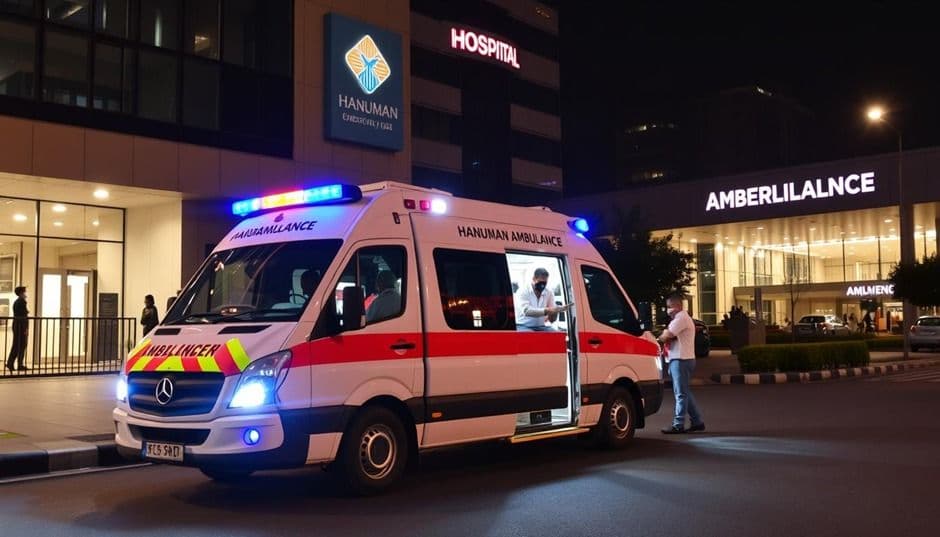
Which is the Best Ambulance Services in Delhi NCR?
Looking for reliable emergency medical transport? Discover the Best Ambulance Services in Delhi NCR, Hanuman Ambulance, offering 24/7 critical care
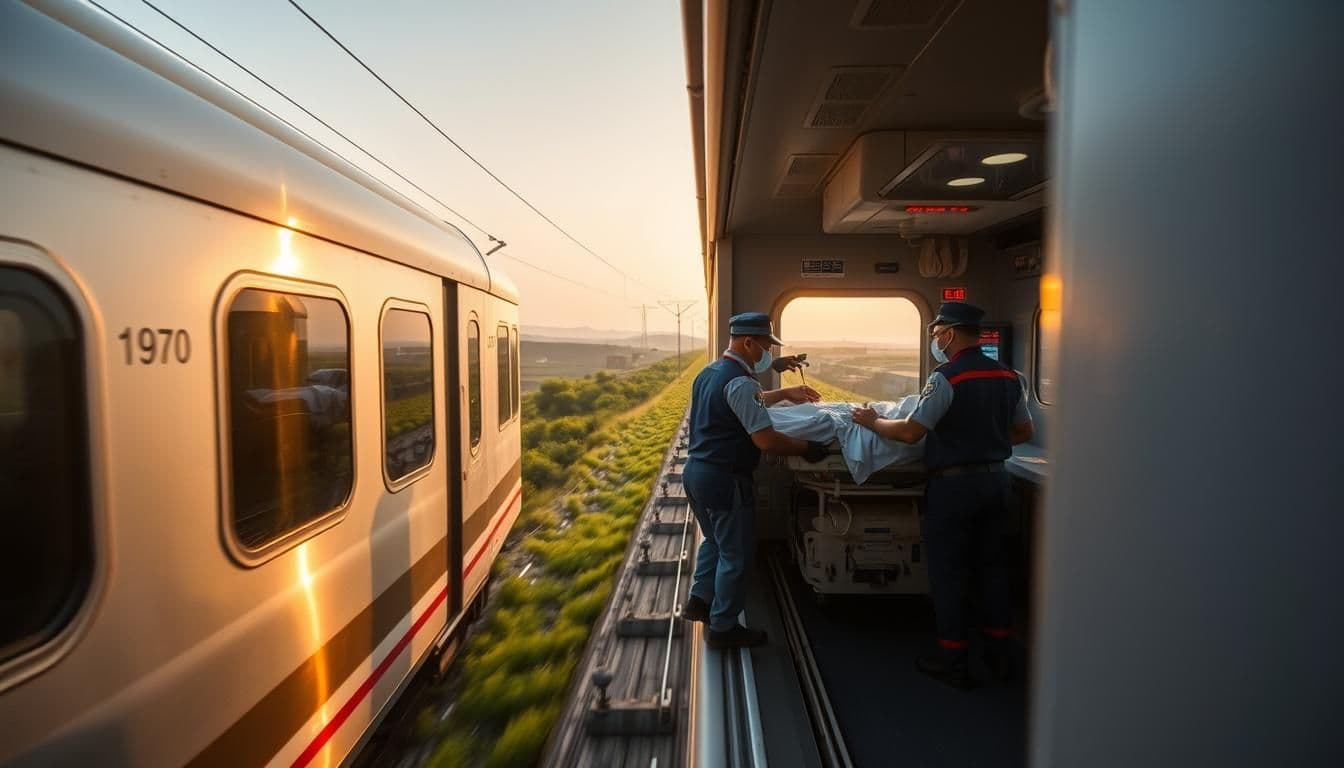
Complete Guide to Rail Ambulance Services in India
This comprehensive guide will explore the concept of rail ambulance services, their importance in India's healthcare system, and how they operate.
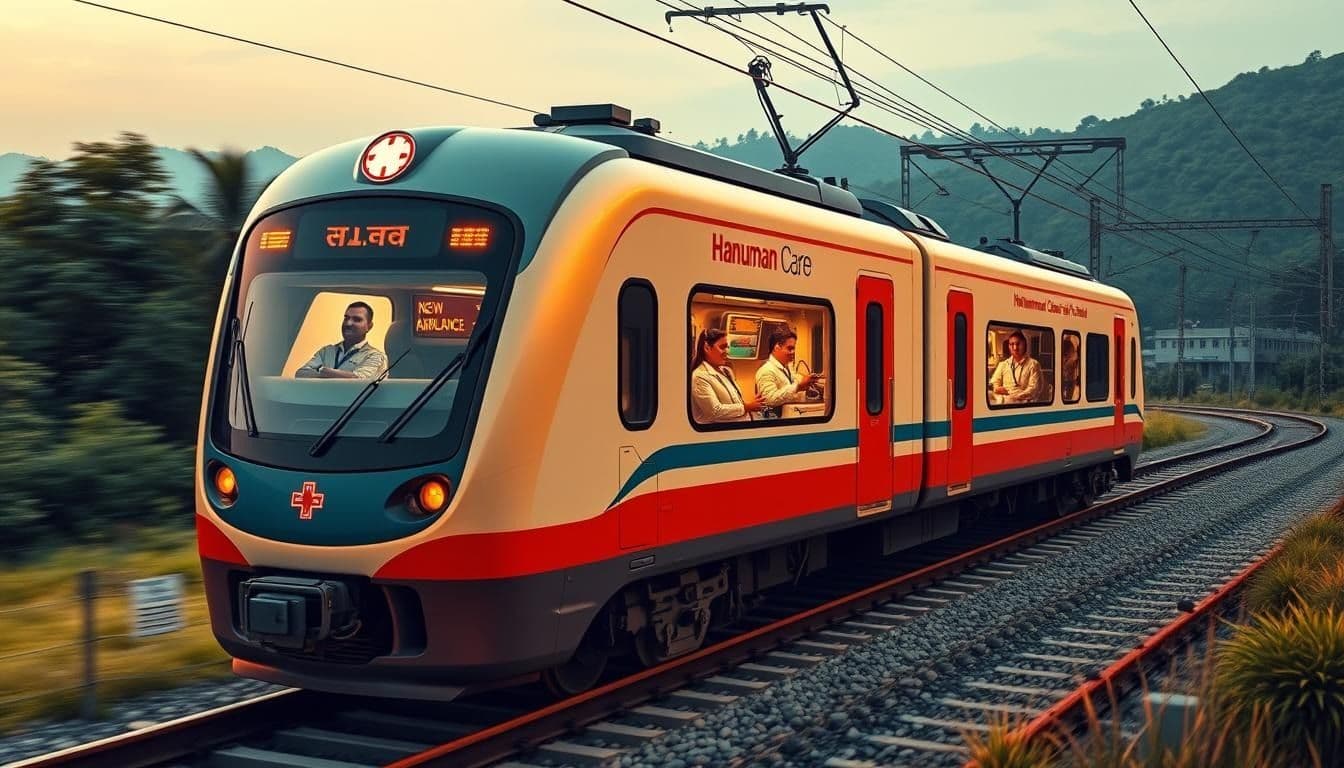
Best Train Ambulance Services in India - Hanuman Care's Livesaving Rail Ambulance
In the vast and diverse country of India, medical emergencies can arise at any moment, necessitating swift and reliable transportation solutions.
